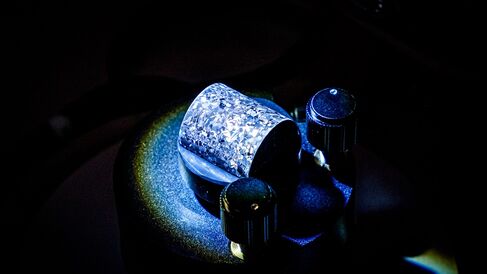Highlights

A quick way to check the quality of 3D-printed alloys
While at NTU Singapore,the AddME Lab developed a fast and low-cost imaging method that can analyse the structure of 3D-printed metal parts and offer insights into the quality of the material.
Most 3D-printed metal alloys consist of a myriad of microscopic crystals, which differ in shape, size, and atomic lattice orientation.
By mapping out this information, scientists and engineers can infer the alloy’s properties, such as strength and toughness. This is similar to looking at wood grain, where wood is strongest when the grain is continuous in the same direction.
This technology could benefit, for example, the aerospace sector, where low-cost, rapid assessment of mission critical parts—turbine, fan blades and other components—could be a gamechanger for the maintenance, repair and overhaul industry.
In comparison to the current gold standard of using a scanning electron microscope that is expensive and is time-consuming, this fast and easy method of analysing metal alloys requires only 15 minutes and costs only a fraction of the price.
These findings were published in the peer-reviewed scientific journal npj Computational Materialsby the Nature Publishing Group. Read the NTU press coverage here.
